Simmering pot Cooking Tips For Everyone 5 Restaurante Let's cook.
:max_bytes(150000):strip_icc()/all-about-simmering-995786-Final2-5c38beb2c9e77c0001f4fdba.png)
How Simmering Is Used in Cooking
Simmering is a gentle cooking technique where a liquid is heated to a temperature range between 185°F - 205°F.. Delicate foods like eggs and fish can easily overcook with intense boiling heat. A gentle simmer allows them to cook through without jostling around. Infusing flavor. Long simmering infuses flavor into dishes like stock, sauces.
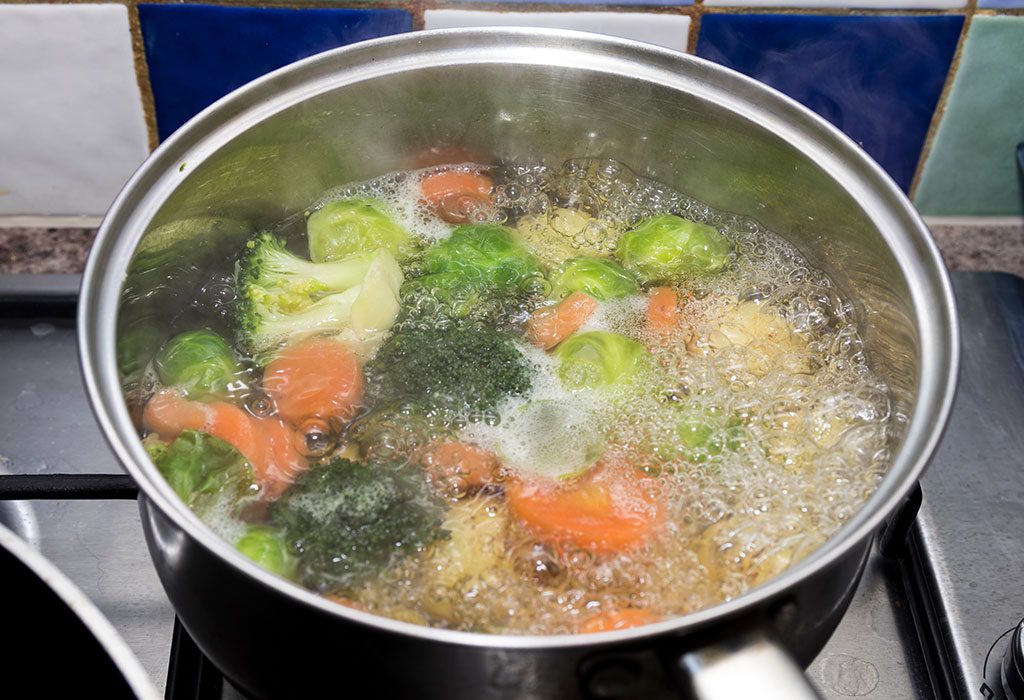
Top 15 Easy and Smart Cooking Methods
All answers below for Cook with simmering heat crossword clue Daily Themed Classic will help you solve the puzzle quickly. Simple, yet addictive game Daily Themed Classic Crossword is the kind of game where everyone sooner or later needs additional help, because as you pass simple levels, new ones become harder and harder.
/restaurant-kitchen-174703317-582a13c23df78c6f6a2aeb22.jpg)
Poaching, Simmering & Boiling MoistHeat Cooking
The ideal temperature for simmering is between 185°F (85°C) and 205°F (96°C). If the temperature goes above this range, boiling may occur which can cause evaporation of liquids, toughen meats or produce an off-flavor in the end product. Maintaining this low heat also allows for longer cooking times.
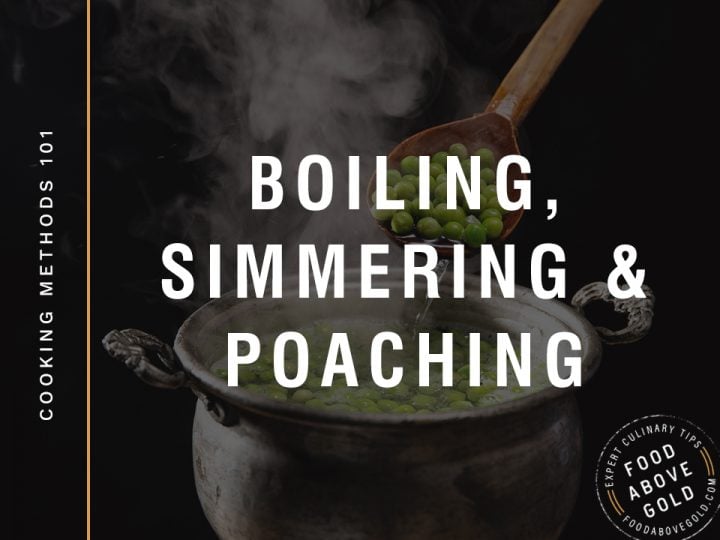
Poaching, Simmering, and Boiling Cooking Methods 101 Food Above Gold
The Crossword Solver found 30 answers to "Cook with simmering heat", 4 letters crossword clue. The Crossword Solver finds answers to classic crosswords and cryptic crossword puzzles. Enter the length or pattern for better results. Click the answer to find similar crossword clues . Enter a Crossword Clue.
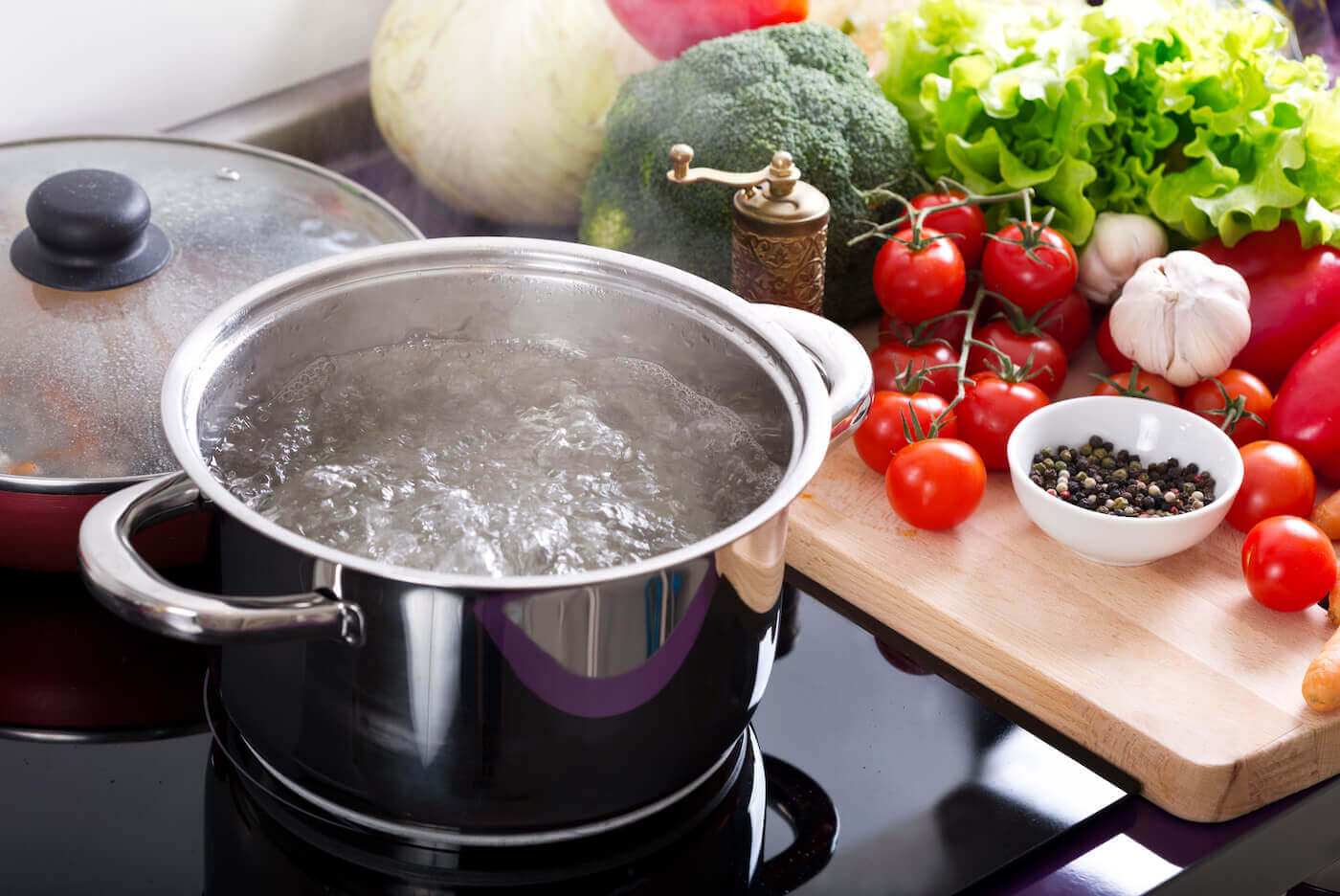
The Difference Between Poaching, Simmering, and Boiling Escoffier Online
The crossword clue Cook with simmering heat with 4 letters was last seen on the June 18, 2023. We found 20 possible solutions for this clue. We think the likely answer to this clue is STEW. You can easily improve your search by specifying the number of letters in the answer. Best answers for Cook With Simmering Heat:
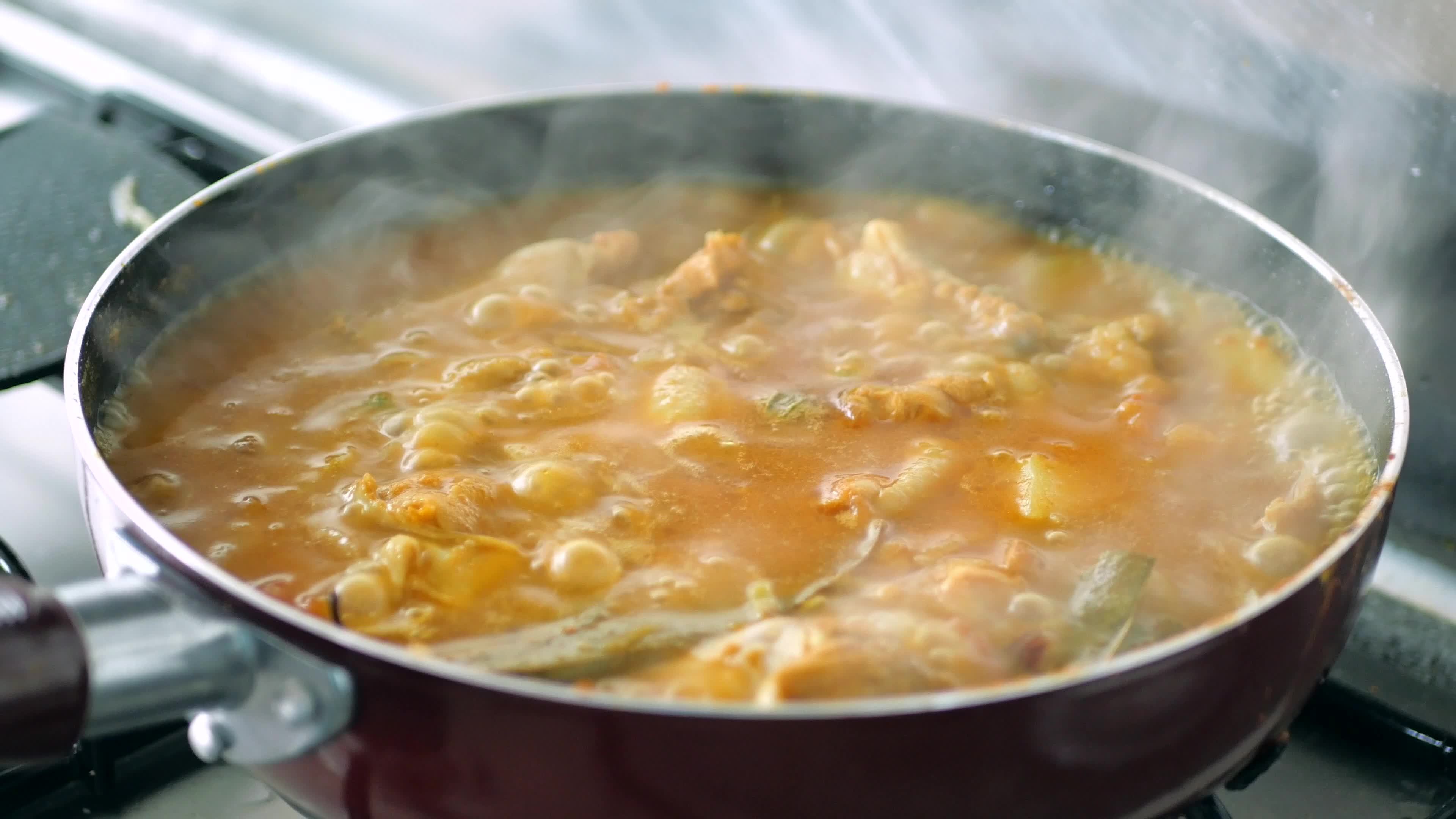
Simmering saucy food cooks in a stove top skillet 13826738 Stock Video
Simmer: A regular simmer has tiny bubbles and is cooked at medium low heat. Basic simmering is used for stews, soups, braises, and sauces. Rapid Simmer: Rapid simmering has a lot of large bubbles and is done with medium heat (or medium-high heat). This type of simmering is usually done to reduce sauce.
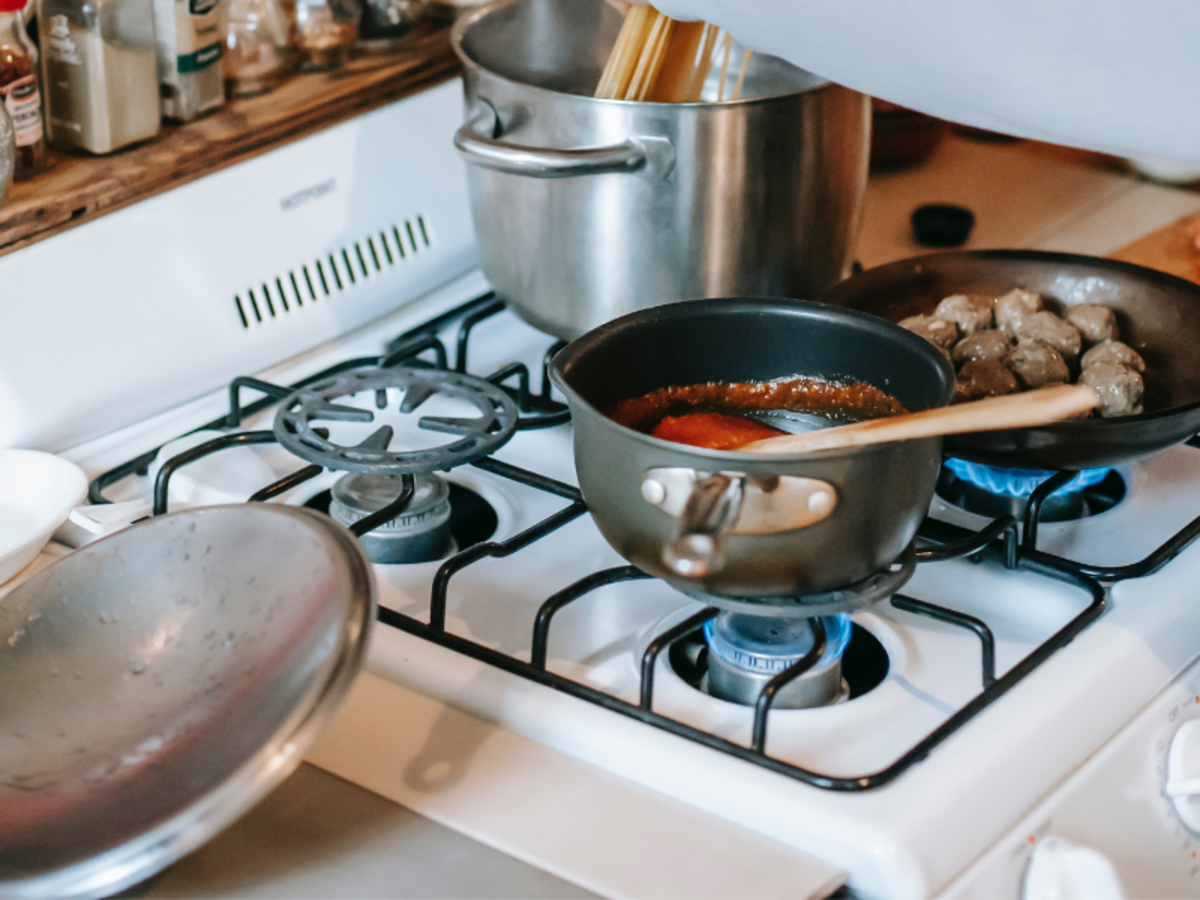
Lid or No Lid? How to Simmer Your Way to Delicious Dishes HubPages
Rapid Simmer: Medium- to medium-high heat, more aggressive bubbling in the pot, but the bubbles should still be fairly small. Most often used for reducing sauces. Boiling: High heat, lots of big bubbles over the whole surface of the liquid, roiling activity in the pot. Most often used for boiling pasta and blanching vegetables.

Simmering (MoistHeat Cooking Method) Jessica Gavin
Understanding Simmering. Simmering is a cooking technique that involves gently cooking food at a specific temperature below boiling point. It is typically used for cooking large meat cuts, stews, soups, and vegetables. The trick is to cook the food in liquid at a temperature ranging between 180°F to 205°F (this temperature will vary depending.

Simmering pot Cooking Tips For Everyone 5 Restaurante Let's cook.
How to Simmer . Simmering refers to a specific temperature range, and it's a gentle technique that's useful for cooking vegetables, soup, stews, and even large cuts of meat.In the culinary arts, to simmer something means to cook it in liquid at a temperature ranging from 180 F to 205 F (at sea level, the temperatures will be lower at higher altitude).

Simmering Liquid in 2020 No cook meals, Caramel apple tartlets, Simmering
Simmering . Simmering liquids are above 180 degrees F but not vigorously bubbling like boiling water. Simmering liquid has gentle bubbles that rise swiftly from the bottom of the pot. Simmering is a more gentle cooking method than boiling and is often used for long and slow cooking processes because there is less evaporation than with boiling.
:max_bytes(150000):strip_icc()/86162654-56a30edf5f9b58b7d0d03633.jpg)
Moist Heat Cooking Methods Braising, Steaming, More
While simmering involves cooking at a gentle heat just below boiling, boiling refers to cooking at the highest heat, where the liquid reaches its boiling point and forms rapid bubbles. What is a simmer heat? Simmering occurs around 180°F to 205°F (82°C to 96°C), while boiling takes place at 212°F (100°C) or higher.
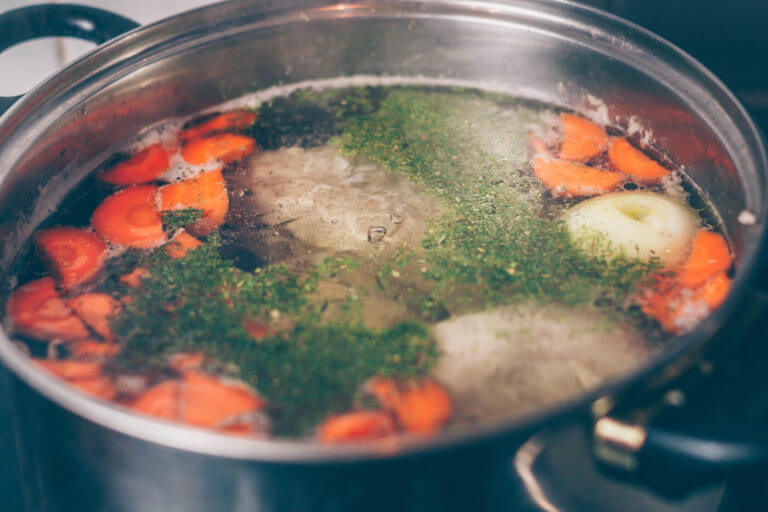
The Difference Between Poaching, Simmering, and Boiling Escoffier Online
Instructions. Bring a pot of liquid to a boil over high heat. Reduce the flame until the bubbles slow down and the liquid is at a calm simmer. Check every few minutes to see if a simmer is maintained. Every stove is different, so it may be necessary to turn the heat up or down to maintain the desired simmer.

Boiling (MoistHeat Cooking Method) Jessica Gavin
Simmering is a moist heat cooking method that uses temperatures between 185°F and 205°F to cook food in liquid gently. This low, steady heat causes the liquid to produce a light, consistent bubble that rolls and pops gently on the surface. The key distinguishing features of simmering include:
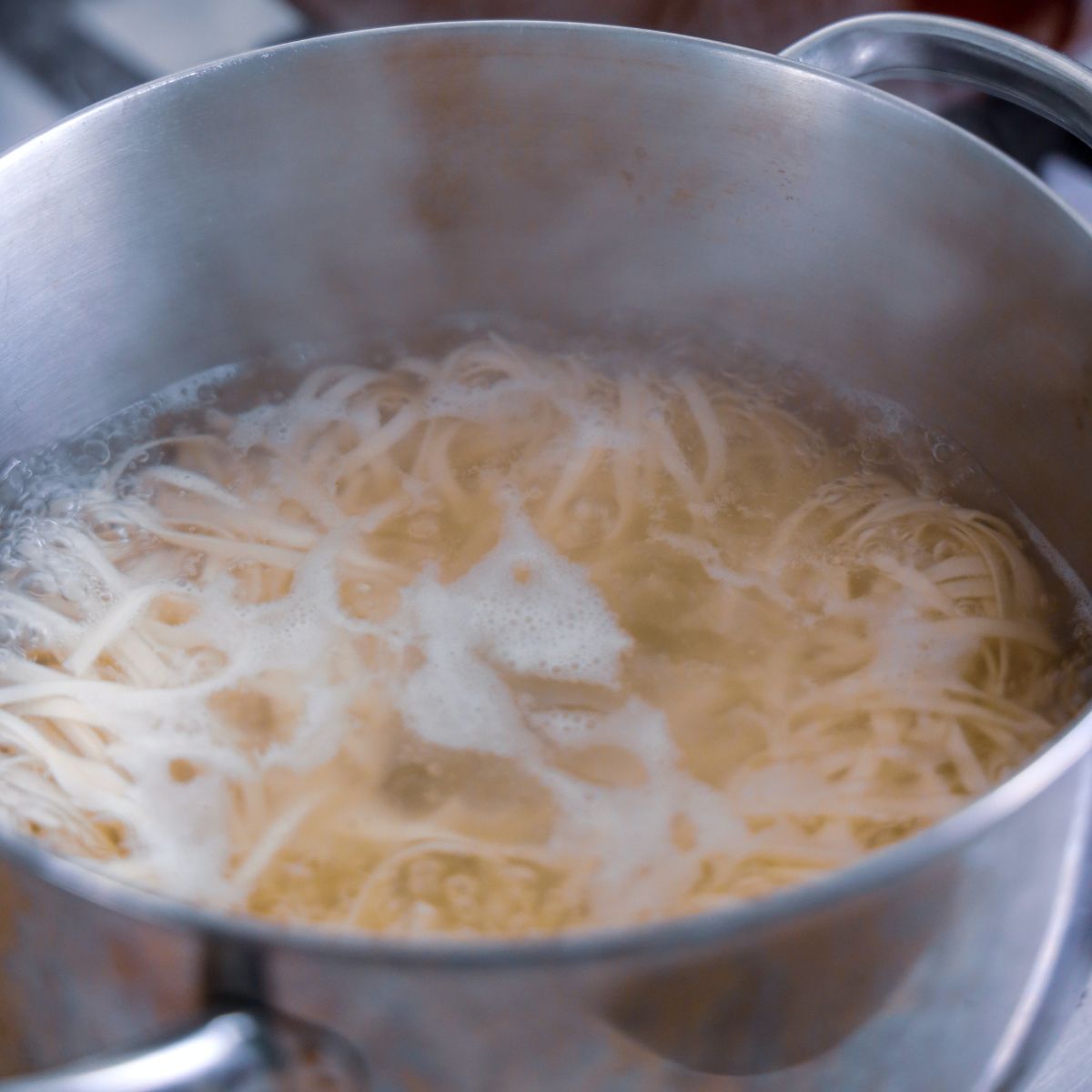
The Boiling Cooking Method (MoistHeat Method) Food Above Gold
The temperature range for simmering can vary depending on the recipe and the type of liquid being used. Still, it typically falls between 185°F to 205°F (85°C to 96°C). On a scale of 1 to 10, where 1 is the lowest heat setting, and 10 is the highest, a simmer is typically around a 3 or 4. The key to successful simmering is maintaining a.
:max_bytes(150000):strip_icc()/Simmeringfood-GettyImages-467234837-5a554925b39d0300377032e1.jpg)
How To Cook Anything
Place the pot or pan over medium-high heat. Adjust the heat to low once the liquid begins to simmer. Add your desired ingredients to the pot or pan and bring the liquid to a gentle boil. This is when small bubbles start to break the surface. Reduce the heat to medium-low or low, depending on the desired simmering intensity.

What Foods Should You Simmer With The Lid On Or Off? Boss The Kitchen
Simmering is a gentler method of cooking, where the liquid is heated to just below boiling point (185°F to 205°F / 85°C to 96°C), and small bubbles begin to rise to the surface. The liquid should be kept at this temperature for a prolonged period, allowing flavors to develop and ingredients to cook through evenly.